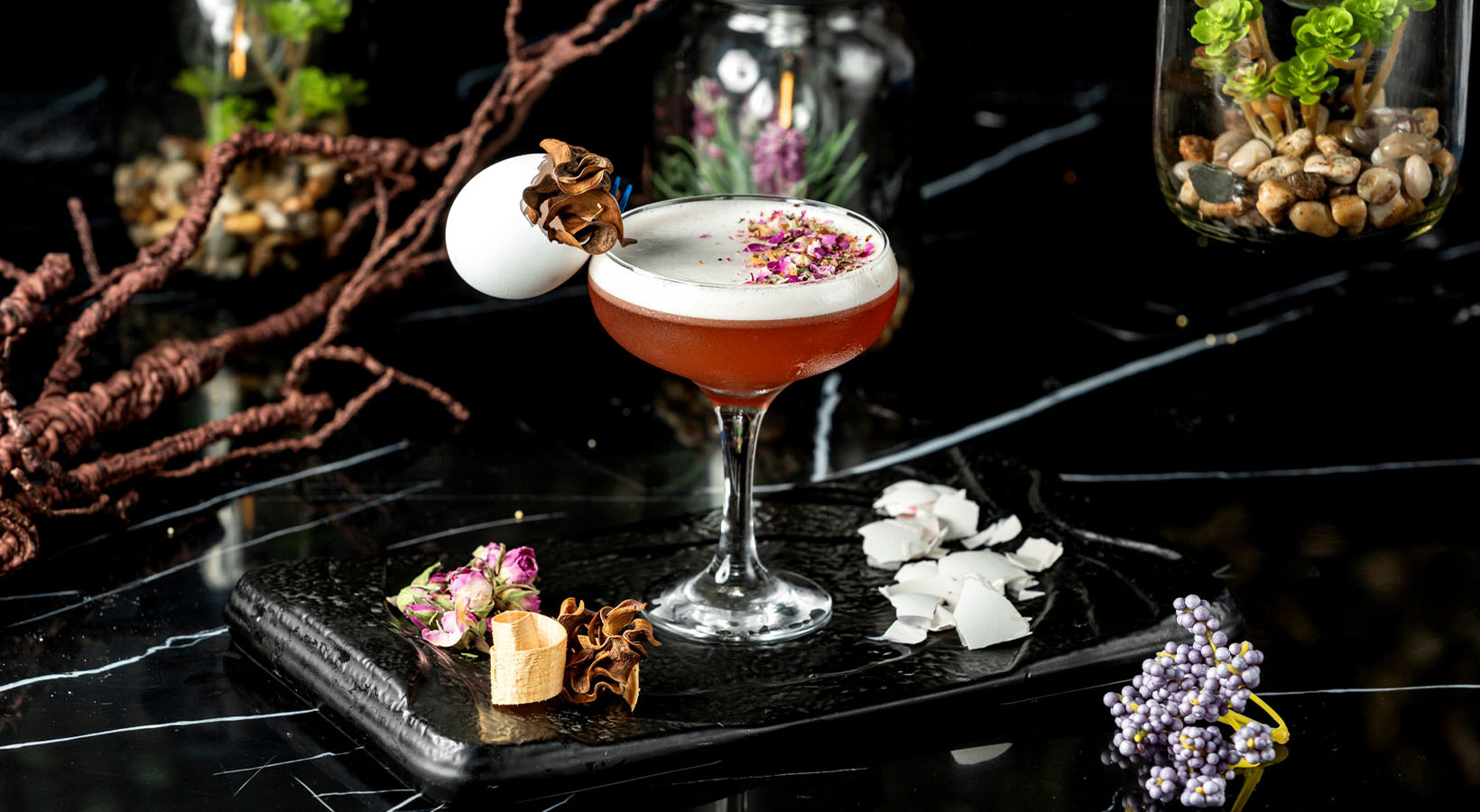
Here’s What You Need To Know About Serving Draft Cocktails
Draft cocktails have evolved from a passing trend, to an inevitable staple at trendy bars and popular restaurants across the UK. But what exactly is
Next Day Delivery
From a Mojito to a Margarita, everyone loves a great cocktail. With organic and alcohol-free options too, their popularity has never been higher. But when was the cocktail invented and where did the name itself come from? Let’s look at the history of the mighty cocktail!
Humans have been drinking alcohol for over 10,000 years, and adding spices, herbs, and honey to enhance the flavours is nothing new. It is doubtful that our ancestors were mixing and drinking what we might consider to be a cocktail, however. Most historians agree that the word cocktail, or at least the first reference to the term ‘cocktail’ in the way we think about it today, was in an 1803 article from The Farmer’s Cabinet in Vermont, USA. The article describes an unfortunate hang-over sufferer who “Drank a glass of cocktail – excellent for the head.”
Just a few years later, in 1806, and the word cocktail was being used in the context we know it today. In the May 13th edition of the ‘Balance and Columbian Repository’, a New York newspaper, the editor describes a cocktail as
“A stimulating liquor composed of spirits of any kind – sugar, water, and bitters.”
The cocktail had arrived!
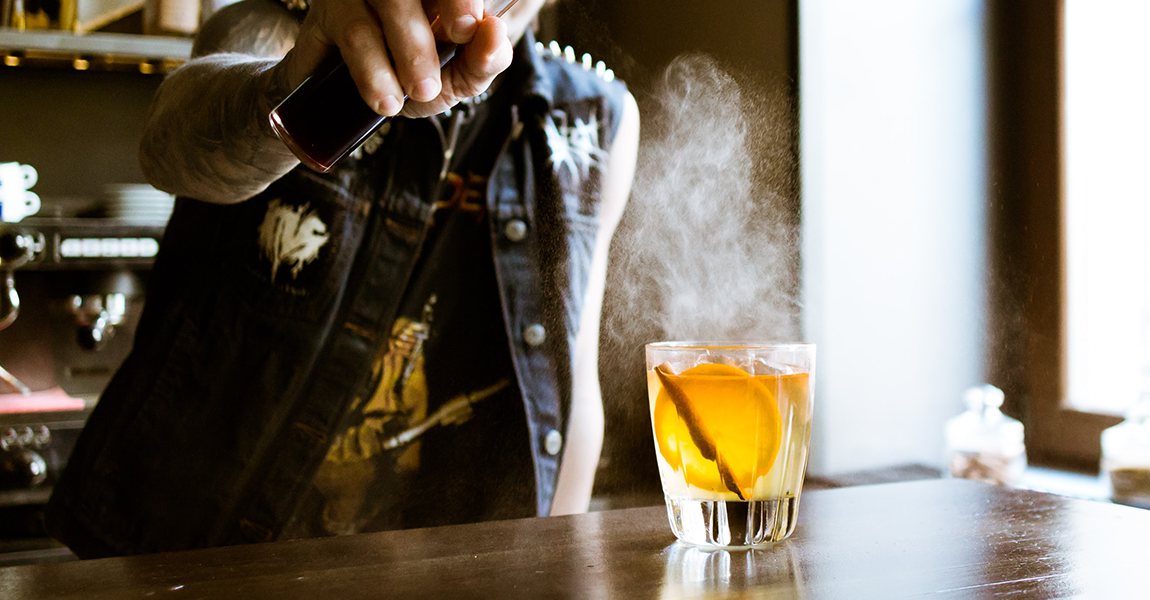
As knowledge of the cocktail spread across the USA, its popularity grew. It was legendary bartender Jerry Thomas however, who took the cocktail to the next level. In 1862 he published a book which laid out how to create and mix cocktails, The Bartender’s Guide: How to Mix Drinks: A Bon Vivant’s Companion. Not only did it help spread the cocktail message, but it also helped elevate the role of the humble bartender into an art form. All over the USA, people were keen to try out, and be seen to be trying out, his creations. It is reported that whilst working at the Occidental Hotel in San Francisco, as principal bartender, Thomas was earning more money than the Vice President of the United States.
Thomas’ most famous cocktail was the ‘Blue Blazer.’ Using high-proof whisky, sugar, water, and lemon, the ignited cocktail is poured between two glasses to create what he described as a “blazing stream of liquid fire.” Still available today, it should be prepared and drunk with caution, to avoid singed eyebrows. Having an appropriate fire extinguisher on hand might be a good idea too.
As global travel became more common, the popularity of the cocktail soon spread across the Atlantic. In 1863, H. Porter wrote a book on mixed drinks, ‘Cups and their customs’, however it was perhaps two other events which marked the arrival of the modern cocktail.
Six years previously, in 1857, a businessman named Erasmus Bond produced what he called “aerated tonic liquid.” Containing quinine, English soldiers stationed in India began to mix it with their gin, to create a longer and more refreshing drink. The gin and tonic was born.
In 1869, what is regarded as the first British book on cocktails, “Cooling Cups and Dainty Drinks” was published. William Terrington’s book describes his Gin Cocktail, being made with Gin, Ginger Syrup, Aromatic Bitters, and a splash of water.
As international travel grew, more American tourists came to visit London, sparking the growth of ever more flamboyant cocktail bars. British bar keepers were keen to maximise their employability, wealth and status and employed their creative powers to give the world new cocktails. John Collins, head waiter at Limmer’s Old House, Mayfair, invented the gin-based cocktail, which is named after him even today. So popular was it, there was a poem written to celebrate the man and cocktail:
My name is John Collins, head waiter at Limmer’s,
Corner of Conduit Street, Hanover Square,
My chief occupation is filling brimmers
For all the young gentlemen frequenters there.
It may seem odd, but one of the events which reinvigorated the cocktail, following World War One, was the introduction of Prohibition in the USA. The constitutional ban on the production and sale of alcoholic beverages between 1920 to 1933, caused a huge surge in what we might describe today as ‘alcohol tourism’ with cocktail seeking tourists and job seeking bartenders, arriving in London in huge numbers.
To best serve the American market, who took a dim view of women working in bars, the owner of the Savoy hotel, Rupert D’Oyly Carte, promoted an unknown Harry Craddock from the service bar, to head up their newly focused American Bar. The talented and charismatic barman would go on to publish “The Savoy Cocktail Book” containing 2,000 recipes! The cocktail was firmly rooted in British and European lifestyle.
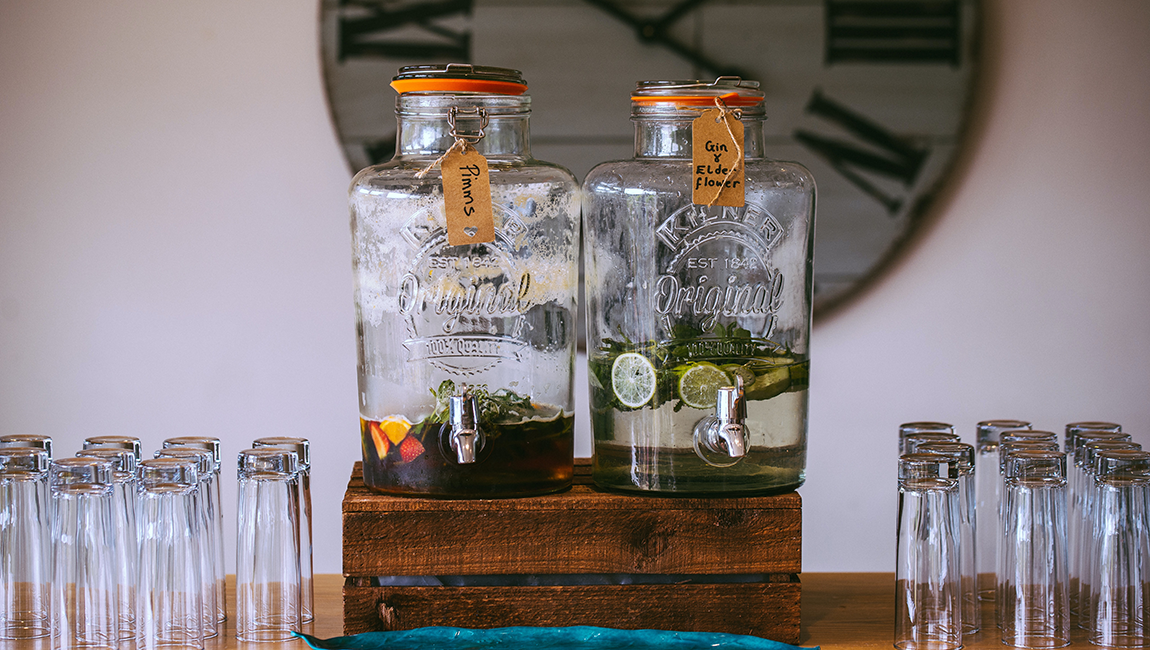
The cocktail has a lot to thank popular culture for. As drinking trends change over years, it just takes one great film or song to bring the cocktail back to prominence and popularity. How do you take your Martini cocktail, shaken or stirred? Perhaps you like Pina Colada and gettin’ caught in the rain? Think Sex and the City and the image of a Cosmopolitan springs clearly to view. One cocktail that had all but died out was the Old Fashioned, sugar, bitters, whiskey, and citrus peel. That was until Mad Men’s Don Draper started to drink it. The Old Fashioned is now one of the most popular cocktails around!
But it was perhaps the 1988 Tom Cruise movie Cocktail, which we must thank the most. The film was critically panned, but it surely launched the career of many of the next generation of bartenders and sparked an interest in the drink that would last more than three decades. It also brought the world the Red Eye, a now-popular hangover cure consisting of vodka, Bloody Mary, cold beer, and a raw egg. Yum.
Cocktails are arguably more popular now than at any time since their introduction over 150 years ago. Perhaps one of the biggest changes is the technology that can be used to make a great cocktail. The idea of a robotic version of Tom Cruise, effortlessly tossing bottles and pouring a perfect Espresso Martini might seem far-fetched, but keg technology, and the ability to pour a perfect on-tap cocktail with no fuss, is very much here today. Cocktail bottles also give bars and restaurants the ability to easily add a cocktail and mocktail offering to their wines, beers, and spirits.
Here at the Sparkling Wine Company, we are big fans of the cocktail, and making a cheeky-cocktail available as a profitable offering for the bars, restaurants, and mobile outlets we work with. If we can help you serve delicious cocktails to your customers, we would love to hear from you.
Share Post:

Draft cocktails have evolved from a passing trend, to an inevitable staple at trendy bars and popular restaurants across the UK. But what exactly is
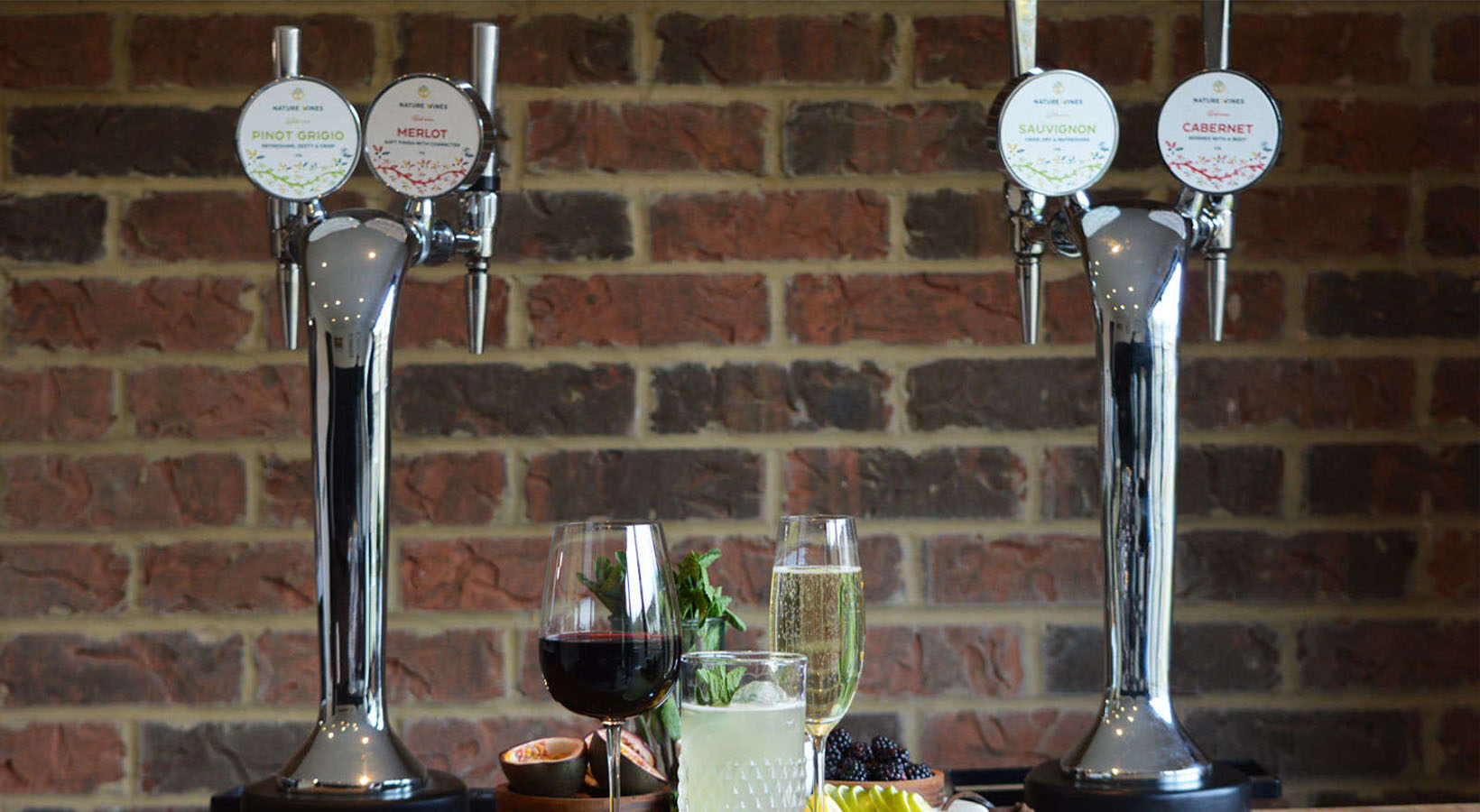
Wine on tap is growing in popularity for its practicality and value. Managing operations within a restaurant environment may feel like juggling one hundred things
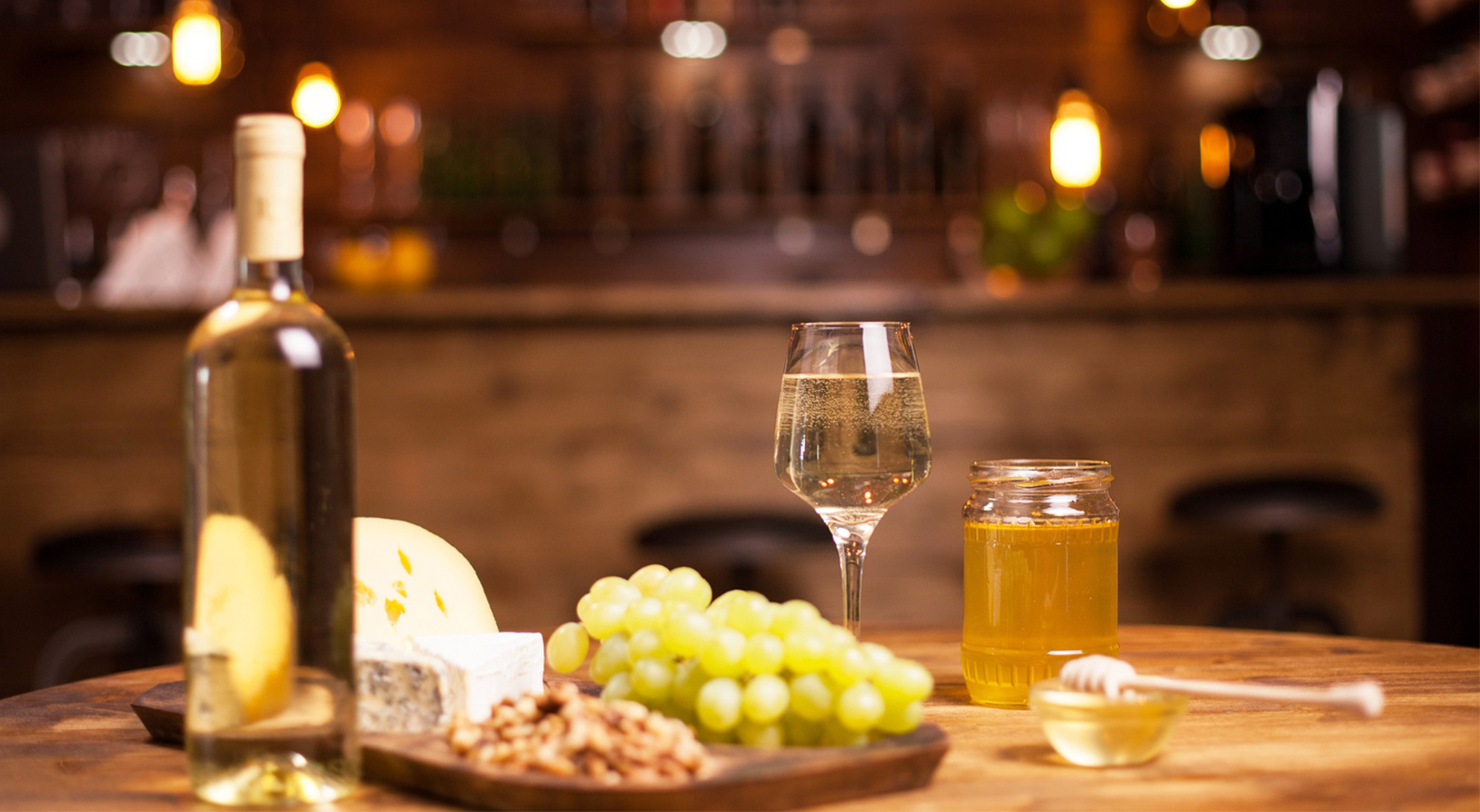
Most guides for pairing food and wine are overly strict. Truthfully, you can eat whatever you want while drinking whichever wine you choose. There are
© All Rights Reserved
Approved Alcohol Supplier – AWRS No: XWAW00000103629
VAT No: GB 113 272 944
Co Reg: 07645413
Registered Office: 75 The Mall, Swindon, Wiltshire, SN1 4JE
Approved Alcohol Supplier – AWRS No: XWAW00000103629
VAT No: GB 113 272 944
Co Reg: 07645413
Registered Office: 75 The Mall, Swindon, Wiltshire, SN1 4JE
Send us your details for a free sample